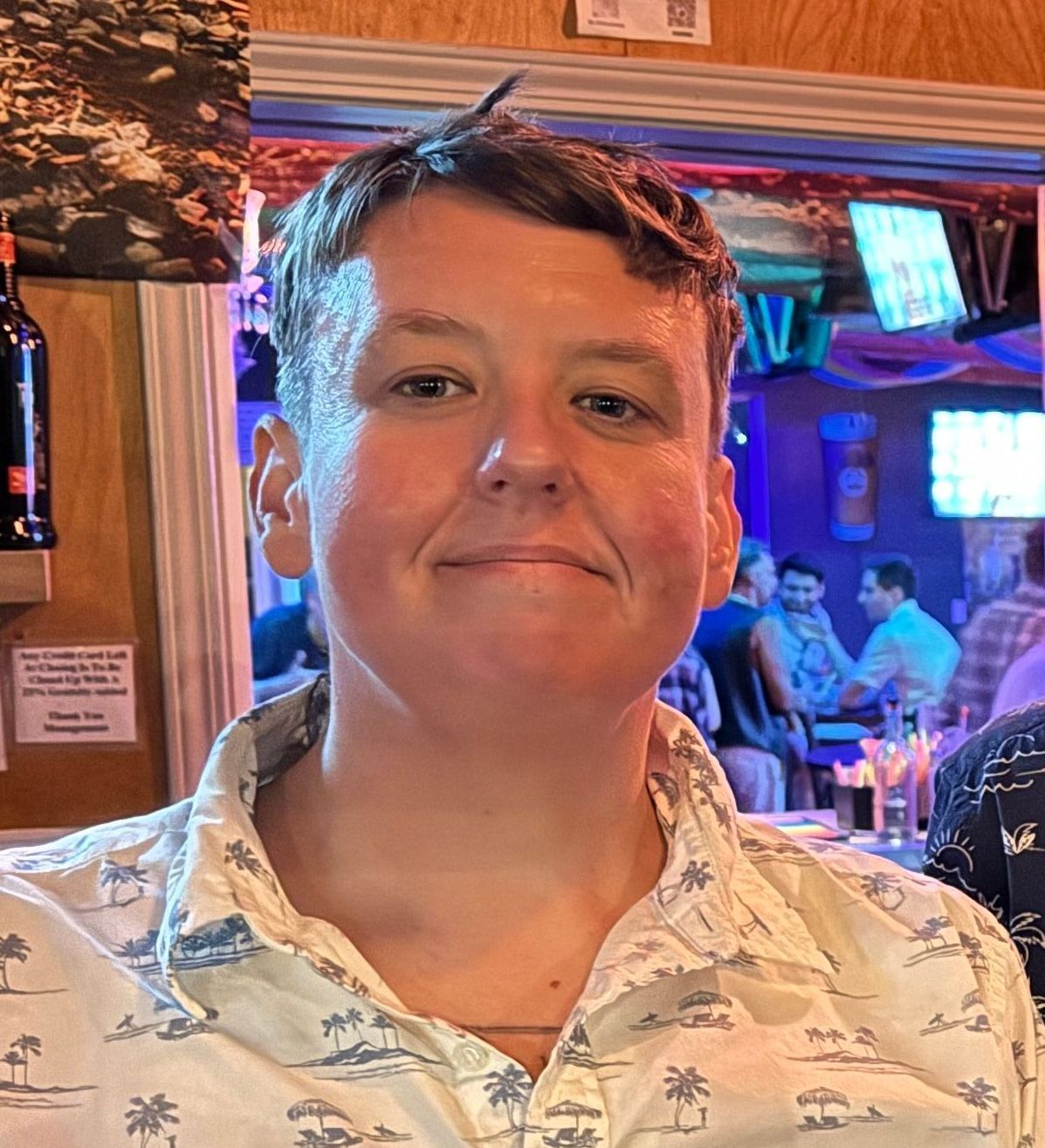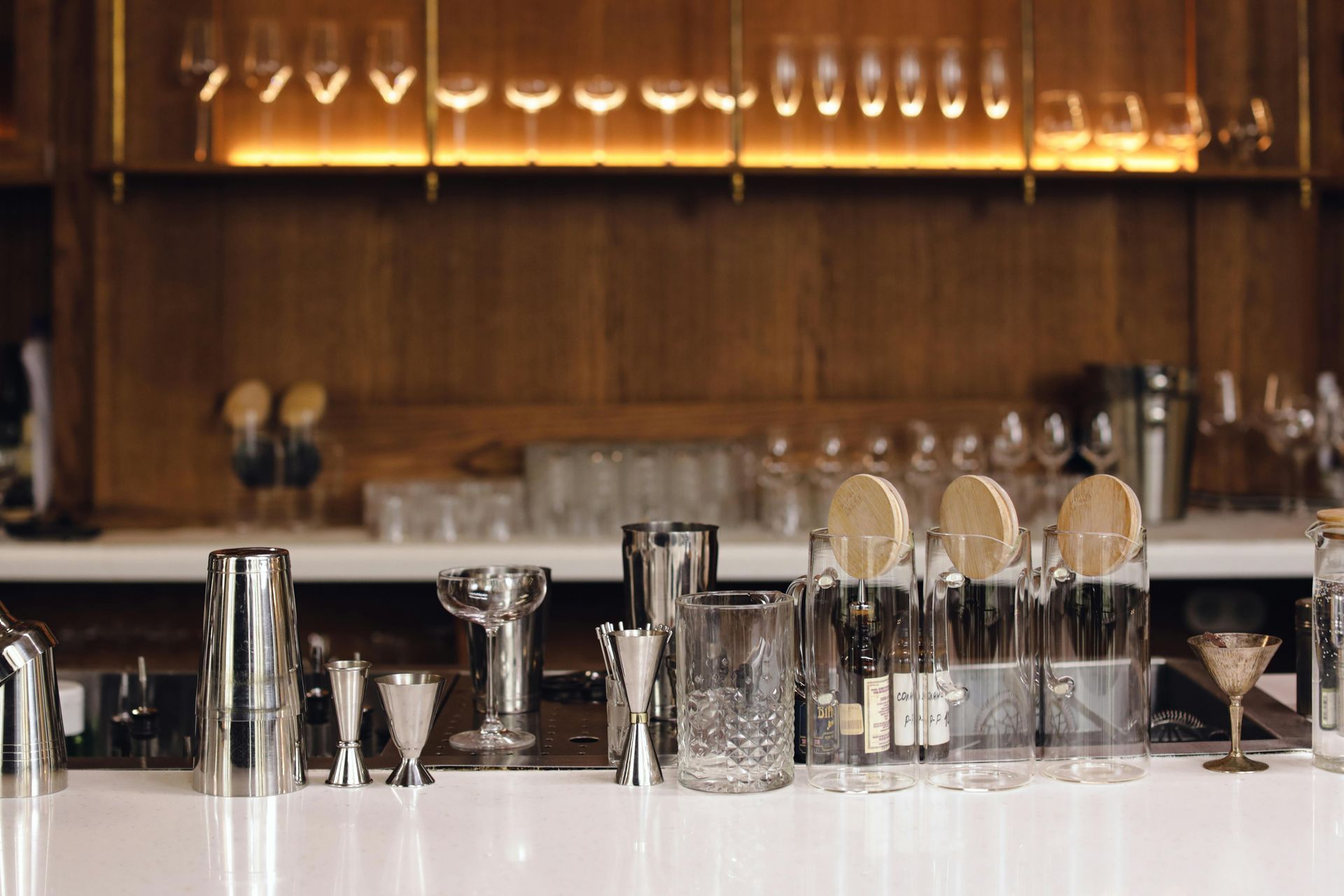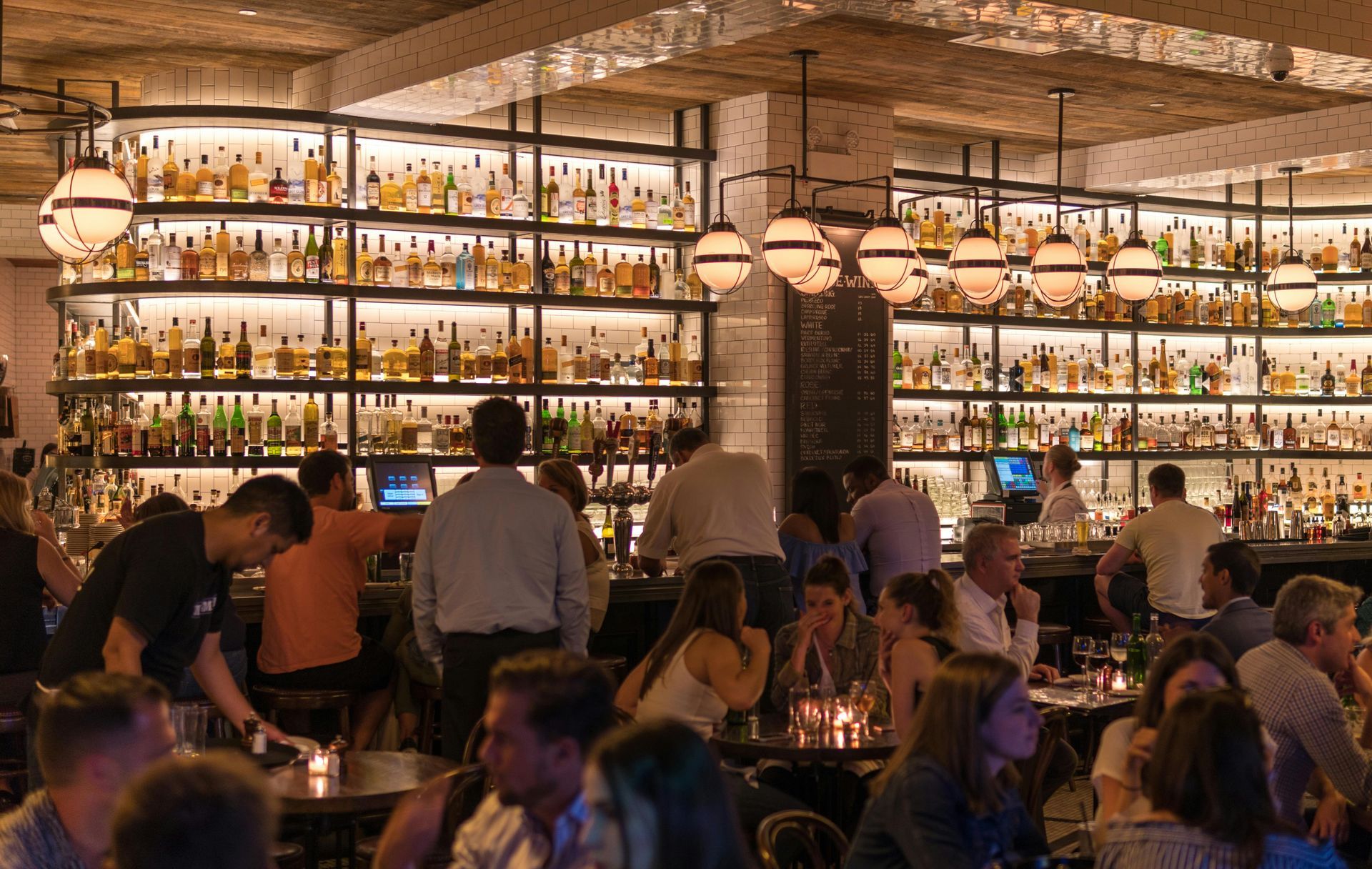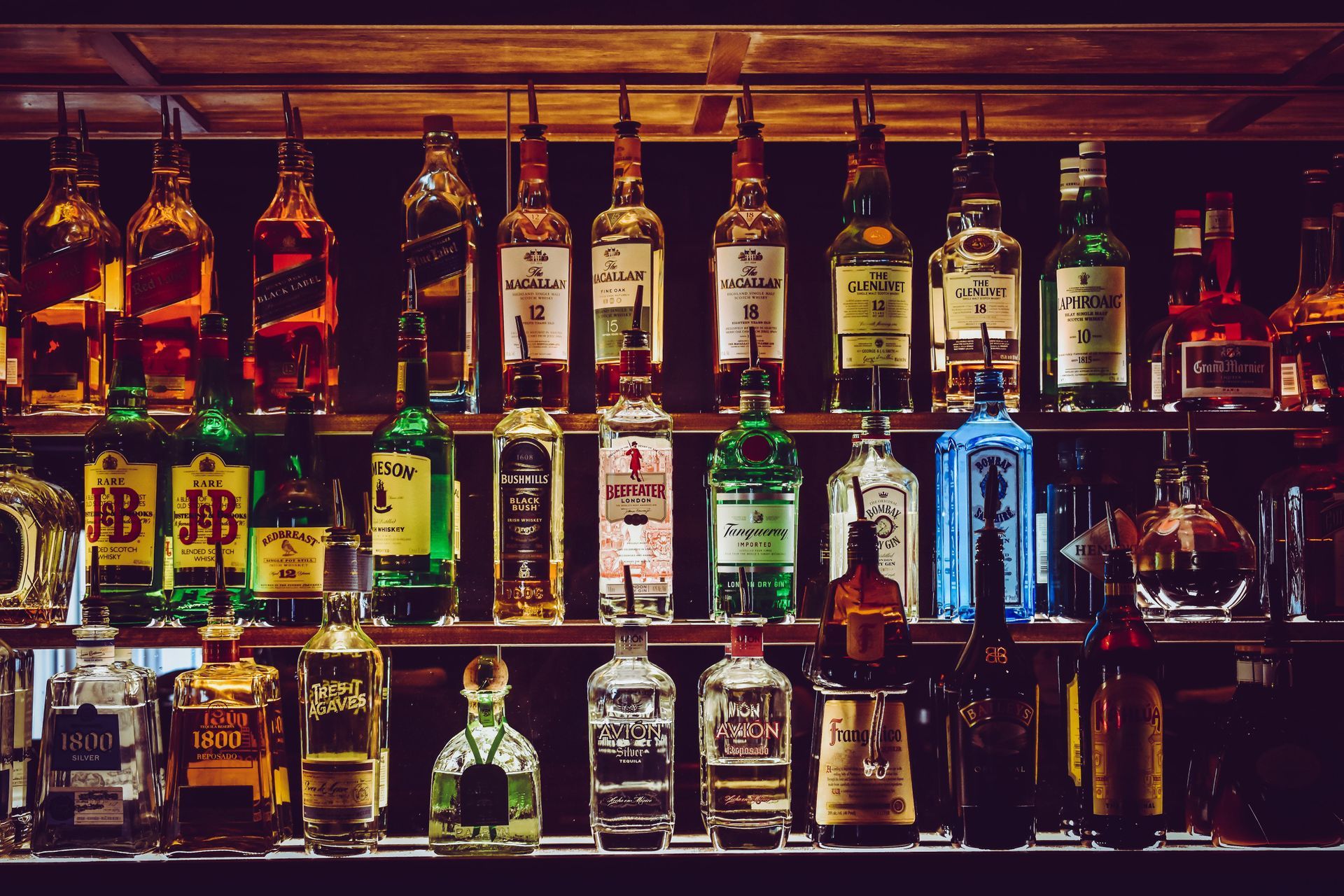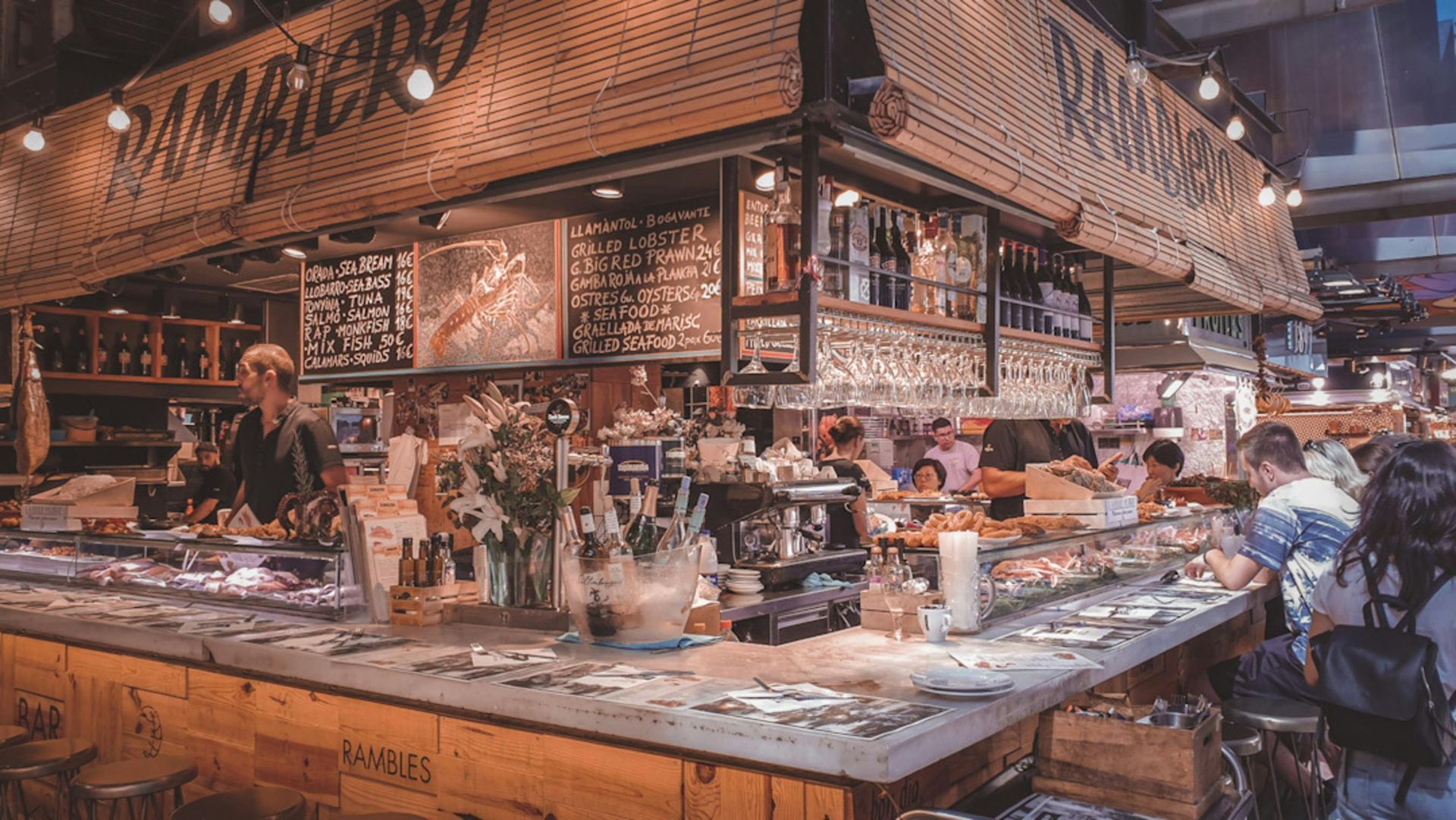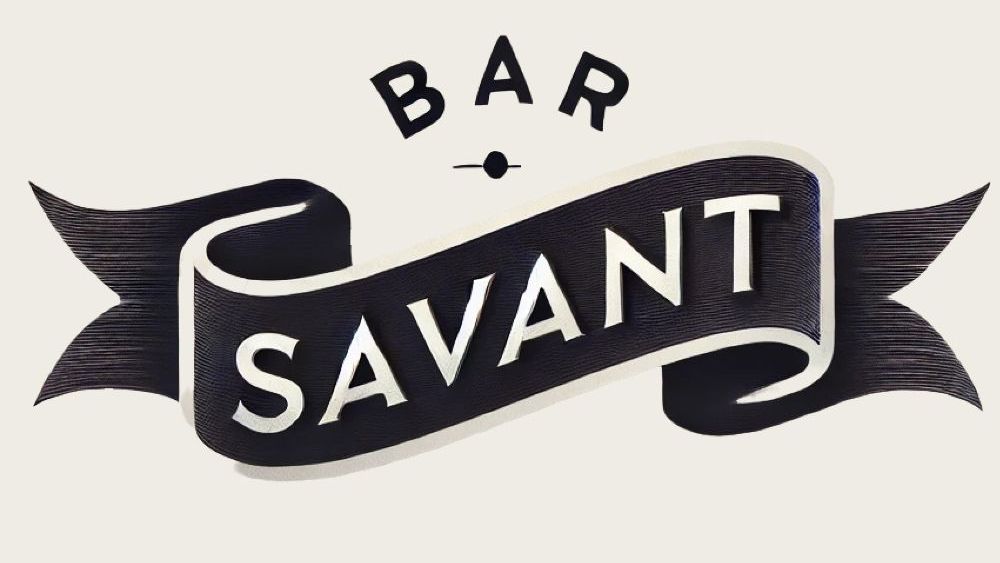
Blog Layout
Staffing
Gettye Goins • December 19, 2024
Staffing and team dynamics are the beating heart of any craft cocktail bar. While the drink menu, the atmosphere, and the efficiency of operations matter enormously, it is the human element—the bartenders, barbacks, lead bartenders, and managers—that truly determines the success of the enterprise. In a craft cocktail environment, especially one that values both hospitality and innovation, the approach to staffing must be intentional and holistic. It’s not just about hiring people who can make a good drink; it’s about building a team culture that values excellence, mentorship, and continuous improvement.
One of the first principles of effective staffing in a craft bar setting is recognizing that smaller teams often lead to better outcomes, especially in boutique or artisanal venues. With fewer staff members, it becomes easier to ensure that everyone is on the same page, understands the mission, and takes pride in their work. In this model, each team member matters, and each role is seen as crucial to delivering the guest experience. There is no room for warm bodies or filler positions—every person behind the bar must bring something essential, be it skill, personality, or a willingness to learn and grow.
Recruiting and hiring for such a team goes beyond simply evaluating technical prowess. Of course, the ability to execute classic cocktail specs perfectly, build drinks with consistency, and maintain speed during peak hours is important. However, these technical skills can be taught, standardized, and refined over time. What often proves more challenging is finding individuals who possess the intangible qualities that make a craft bar extraordinary: genuine hospitality, adaptability, curiosity, empathy, and strong communication skills. A bartender who can read guests, understand their preferences, and guide them towards their perfect drink is invaluable. An individual who can pick up subtle cues—perhaps a guest looking a bit hesitant, a couple searching for a memorable anniversary cocktail, or a solo patron who wants to learn something new—is a true asset.
Once the right people are in place, the next step is to develop a training framework that encourages growth in both technical and interpersonal dimensions. Training does not end after a two-week onboarding period. It is ongoing, reflective of a philosophy that the team can always improve. Technical training sessions might involve blind spirit tastings, practice sessions on balancing a new seasonal cocktail, or studying classic drink specifications to ensure flawless consistency. Interpersonal training, on the other hand, focuses on teaching bartenders how to tell the story of each cocktail, engage guests in friendly conversation, and create a comfortable environment without appearing either aloof or overbearing.
In fact, one of the most critical cultural shifts in this philosophy is viewing bartenders not as assembly-line workers who produce drinks, but as artisans and performers who engage guests. This engagement requires a sense of pride, confidence, and ownership that thrives best when supported by effective mentorship and leadership within the team. The lead bartender or bar manager sets the tone. Like a head chef in a fine-dining kitchen, the lead bartender coordinates the flow of service, ensures that the pacing of drink production matches the energy of the room, and acts as a mentor to junior staff members. This leadership role is not about micro-managing but rather empowering each member to excel in their responsibilities.
In this structure, the barback is not a grunt worker relegated to menial tasks but an apprentice who is learning the craft. The barback’s role alternates between “dirty” tasks, like bussing and cleaning, and “clean” tasks, such as restocking ingredients and assisting the bartenders as needed. Over time, this individual learns the intricacies of the craft bar operation and gradually takes on more responsibilities. Eventually, a skilled barback transitions into a bartender role, well-prepared through observation, practice, and mentorship. By viewing barbacks as apprentices, the team fosters a culture of growth and internal promotion, ensuring that everyone who works in the bar understands the full scope of the operation from the ground up.
Staff retention is another crucial element. Losing a well-trained staff member can be a significant setback, as it’s not easy to replace someone who understands the bar’s values and technical standards. Therefore, both monetary and non-monetary incentives are important. On the monetary side, competitive pay, transparent tip distribution, and performance-based bonuses show that management recognizes the value of the team’s hard work. On the non-monetary side, initiatives like providing opportunities for continued education, hosting internal competitions to inspire creativity, and acknowledging outstanding achievements reinforce a sense of pride and belonging.
Moreover, fostering a supportive team culture can do wonders for retention. This involves more than just occasional team outings. It means creating an environment where staff feel comfortable asking questions, sharing ideas, and even making mistakes—so long as they learn from them. The philosophy of encouraging each team member to compete with themselves to be better than yesterday instills a mindset of personal growth. Rather than pitting staff against each other, the bar encourages everyone to track their own progress, celebrate their own improvements, and contribute meaningfully to the collective success of the team. By shifting the competitive impulse inward, team members remain supportive peers rather than rivals, working together towards the common goal of excellence.
This approach to team dynamics extends to communication as well. Instead of holding traditional, time-consuming bar meetings that can feel redundant or forced, important information is shared efficiently through group messages, digital documents, and one-on-one follow-ups. A living document of bar standards, priorities, and operational guidelines is continuously updated and accessible to all staff members. This way, everyone knows what is expected, can review changes at their convenience, and refer back to it anytime. The result is a more streamlined communication process that respects the staff’s time and reinforces clarity and accountability.
Leadership must also be visible and involved. Leading by example is more than a cliché; it’s a guiding principle. When the lead bartender or manager demonstrates the same qualities they ask of their staff—adaptability, approachability, attention to detail, and a relentless drive for improvement—it resonates deeply within the team. The staff see that these values are not just buzzwords but lived experiences, and they are more likely to embrace them wholeheartedly.
Lastly, the philosophy acknowledges that no team is perfect and that continuous improvement applies as much to staff dynamics as it does to the menu or the layout of the bar. Periodic reviews, feedback loops, and open channels of communication ensure that any emerging issues—be they personality clashes, skill gaps, or shifts in guest expectations—are addressed proactively. The aim is not to avoid conflict entirely but to handle challenges constructively, turning them into opportunities to refine training, adjust roles, or provide additional support where needed.
In essence, staffing and team dynamics in a craft cocktail bar should revolve around mutual respect, shared responsibility, and a commitment to excellence that originates from within. By carefully selecting the right people, providing robust training in both technical skills and interpersonal engagement, establishing clear roles, fostering mentorship, and offering incentives that acknowledge both the financial and intangible contributions of the team, the bar sets a solid foundation. This approach nurtures a vibrant, cohesive team capable of delivering a guest experience that is unparalleled, not because they adhere blindly to rigid rules, but because they embody a living, evolving culture of excellence in everything they do.
The Craft Bar Blueprint
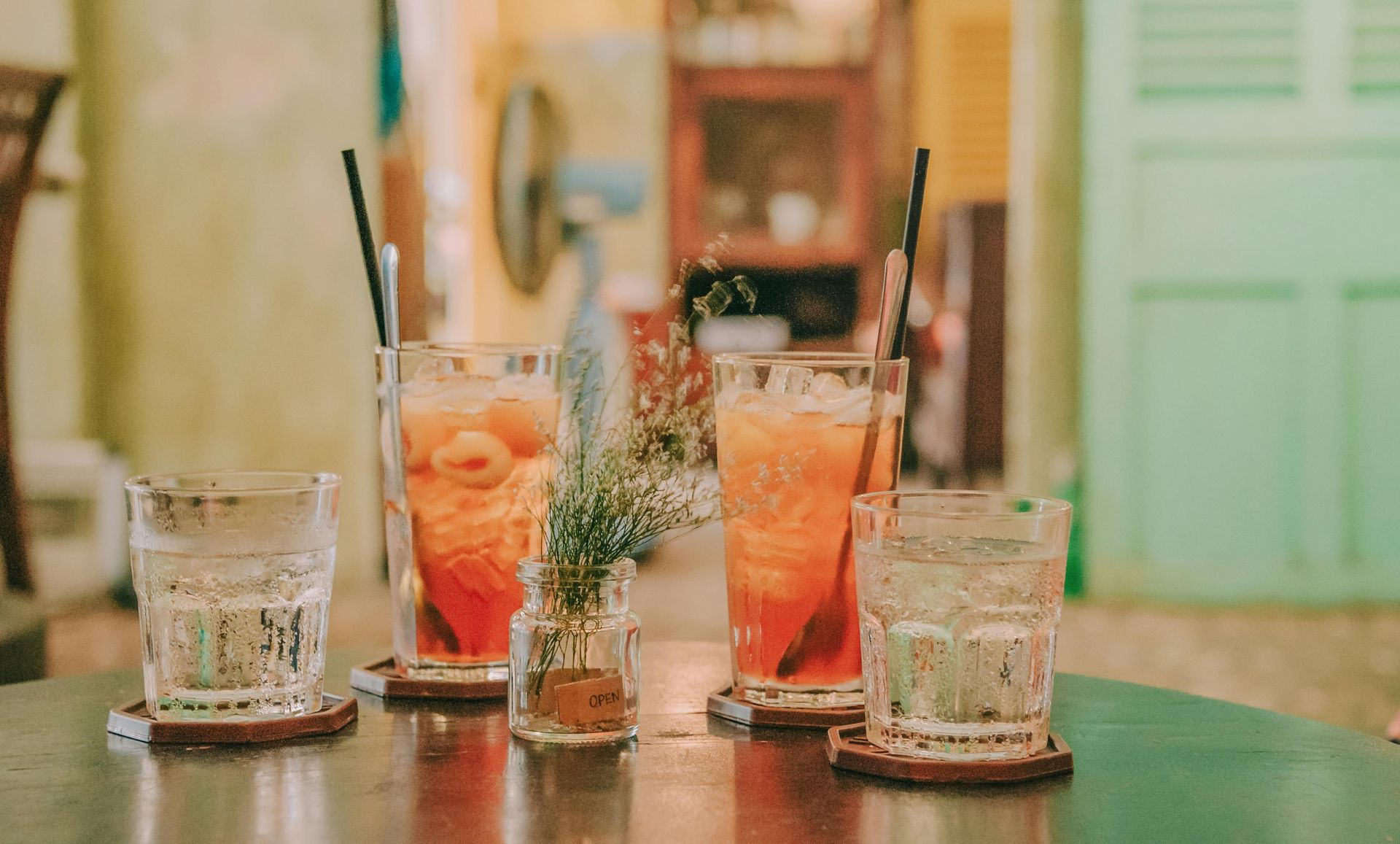
By Gettye Goins
•
December 18, 2024
“Explore expert strategies for menu design and development tailored to craft cocktail bars. Learn how to create curated, seasonal menus that highlight innovation while standardizing classic cocktails for consistency. Discover tips for balancing creativity with cost management, fostering bartender participation, and auditing the guest experience to elevate your bar’s offerings and profitability.”

By Gettye Goins
•
December 17, 2024
“Enhance your craft cocktail bar with expert tips on creating a memorable guest experience. Learn how to balance luxury with approachability, engage guests through confident bartending techniques, and tailor service to individual needs. Discover strategies for combining consistency with creativity, fostering a genuine bar culture, and turning every visit into an exceptional experience.”
All Rights Reserved | MixCraft Bartending and Consulting LLC
© 2025
